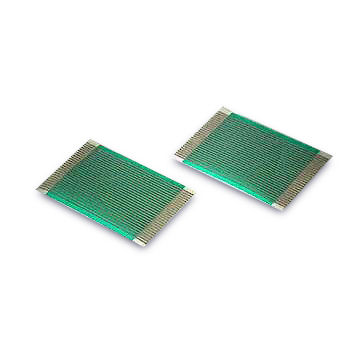When developing new products, considering the entire production lifecycle early on is critical to ensuring a smooth transition to manufacturing. By incorporating manufacturing and assembly considerations into the design phase, you can save both time and money during production. Since the final product price plays a key role in its market viability, optimizing your design for manufacturability (DFM) helps strike the right balance between cost-efficiency and quality.
What is DFMA – Design for Manufacturing and Assembly?
Achieving lean manufacturing and assembly processes is no easy feat. Once you’ve finalized the functional design of your product, the next step is to optimize it for physical production. This involves identifying all materials, components, manufacturing tools, and assembly requirements. Following the design for manufacturing and assembly (DFMA) methodology can reduce product costs by as much as 80%.
Here are five straightforward DFM ideas to keep in mind when developing your next product:
1. Reduce the Part Count
The number of parts in a design significantly impacts the efficiency of the manufacturing process. By reducing the part count – either by combining components or eliminating unnecessary ones – you can simplify production and minimize potential points of failure. Streamlined designs not only speed up manufacturing but also improve the overall reliability of the final product.
2. Standardize the Components
Whenever possible, use standardized components across your design. Different parts may require distinct tooling or specialized skills during assembly, which can complicate production. By utilizing common components- especially across different product ranges – you can ensure your manufacturing facility has the necessary capabilities, helping to streamline product and reduce costs.
3. Keep Tolerances Realistic
To avoid weaknesses in the product, design with realistic tolerances. Rather than pushing for minimum tolerances, allow for maximum flexibility where possible. This approach ensures that individual component tolerances do not create compounding issues in the final assembly. Viewing the product’s material characteristics holistically will help maintain quality while reducing potential product challenges.
4. Use Heat Staking for Plastic Assembly
Heat staking is a more efficient method for assembling plastic components than mechanical fasteners or ultrasonic welding. It allows for the completion of assembly in a single machine cycle, avoiding the need for multiple fastener applications. Heat staking is also safer for electronics, unlike ultrasonic methods, which can lead to component failures. This technology can speed up production while improving the durability of your products.
5. Eliminate Manufacturing Uncertainty
Finally, always design with clear manufacturing processes in mind. If there is any doubt about how parts should fit together, resolve those ambiguities during the design phase. This will ensure faster production runs and reduce the risk of incorrectly assembled units leaving the production line.
Let Thermal Press International Assist You with Finding the Optimal DFM
At Thermal Press International we specialize in optimizing product designs for efficient manufacturing and assembly. Whether you’re looking to improve your existing design or prepare for production, our expert engineers can help you re-engineer your product for lean, cost-effective production. We implement innovative assembly techniques to ensure each product is produced efficiently and affordably.
Contact Us or call (925) 454-9800 to speak with a Thermal Press International engineer.

